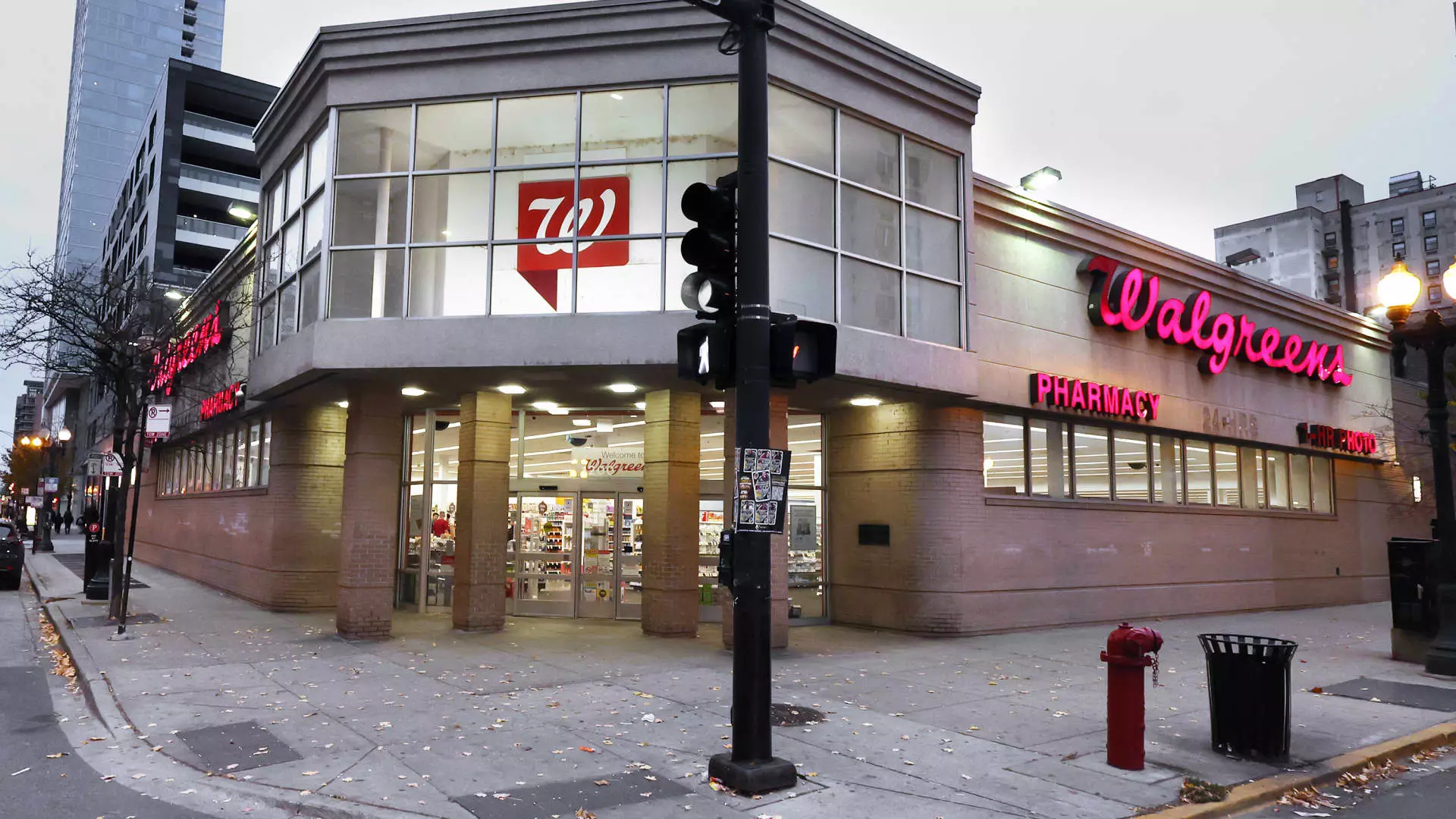As Walgreens positions itself for a transformative leap into private ownership, it’s vital to reflect on the realities behind its impending shift. The retail drugstore giant, once a stalwart presence in the public stock market, reported earnings earlier this week that, on the surface, exceeded market expectations. However, beneath the optimistic exterior lies a complex web of challenges, including the looming transition to privacy amid an ever-evolving retail ecosystem.
With a projected $10 billion deal led by Sycamore Partners, this transaction marks a pivotal point in Walgreens’ storied history that dates back to 1927. The decision to go private isn’t merely a strategic maneuver; it signals an acknowledgment of the pressing pressures that public entities face in today’s competitive marketplace. As Walgreens prepares for closure of its public chapter, the implications for stakeholders, employees, and clientele are profound.
Financial Results: A Picture of Contradictions
Despite reporting a revenue of $38.59 billion—an increase of 4.1% compared to last year—Walgreens is still grappling with negative cash flow trends and significant losses. The company boasted adjusted earnings of 63 cents per share, surpassing analysts’ expectations of 53 cents. Yet, the elephant in the room remains its staggering net loss of $2.85 billion, revealing an unsettling truth: profitability has become increasingly elusive in a sector fraught with challenges.
CEO Tim Wentworth’s comments about ongoing cost management and pivoting strategies ring hollow against a backdrop of lay-offs, store closures, and dwindling consumer trust. If anything, this performance should serve as a red flag for investors—while the company has proven resilient, it is only at the beginning of a long and tenuous turnaround.
Competing Against Titans
The retail pharmacy landscape is unforgiving, with CVS and burgeoning e-commerce giants like Amazon intensifying competition. Walgreens is attempting to navigate this battlefield while simultaneously addressing pressures related to pharmacy reimbursement cuts and changing consumer behavior. As shoppers increasingly gravitate towards grocery stores and online solutions for their pharmaceutical needs, Walgreens’ attempts to consolidate its physical footprint may rear unintended consequences.
Moreover, the company’s aspirations to penetrate the healthcare market have been met with obstacles—most notably with its investment in VillageMD, which has underperformed in the pursuit of integrated healthcare solutions. It’s clear that without a robust and compelling strategy, Walgreens risks being sidelined in an industry that is rapidly evolving beyond traditional boundaries.
Legal Storms and Financial Tightropes
Compounding Walgreens’ difficulties, significant legal settlements, particularly relating to opioid-related litigations, have cast a shadow over its financial health. The company’s second quarter bore the brunt of nearly $969 million in legal settlements, impacting operating cash flow dramatically. Additionally, tensions with business partner Everly Health Solutions reveal a precarious stance within the company’s contractual relationships—a precarious foundation on which to base future growth.
This troubling predicament raises pertinent questions about the sustainability of Walgreens’ business model. How can a company burdened with legal expenses and negative cash flow expectations embark on a journey of rejuvenation? The risk is palpable, and stakeholders from investors to consumers must tread carefully.
Market Perception and Future Outlook
As Walgreens’ stock saw a modest uptick following the preliminary earnings announcement, it’s crucial to understand that market reaction often reflects a temporary sentiment rather than a comprehensive analysis. As investors breathe a sigh of relief over preliminary results, many would be wise not to ignore the undercurrents of uncertainty. The drugstore chain is caught in a perfect storm of increasing complexity, revealing a concerning lack of foresight in navigating the new healthcare landscape.
The imminent closure of its public listing might provide the company with reprieve from the quarter-to-quarter scrutiny of its performance, but it also risks further alienating consumers accustomed to transparency and accountability. In the new landscape of business, privatization may shield Walgreens from some pressures, but it’s not a magic bullet for the long-term challenges that await.
Walgreens stands at a crossroads, grappling with the realities of a changing industry while attempting to reclaim some semblance of stability and growth. Yet, simply going private won’t address inherent shortcomings—it demands a robust re-evaluation of priorities, business strategies, and consumer engagement if it hopes to secure its position amidst fierce competition in the healthcare market.

